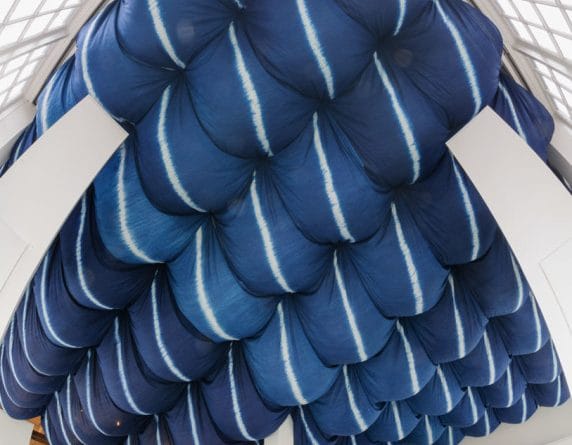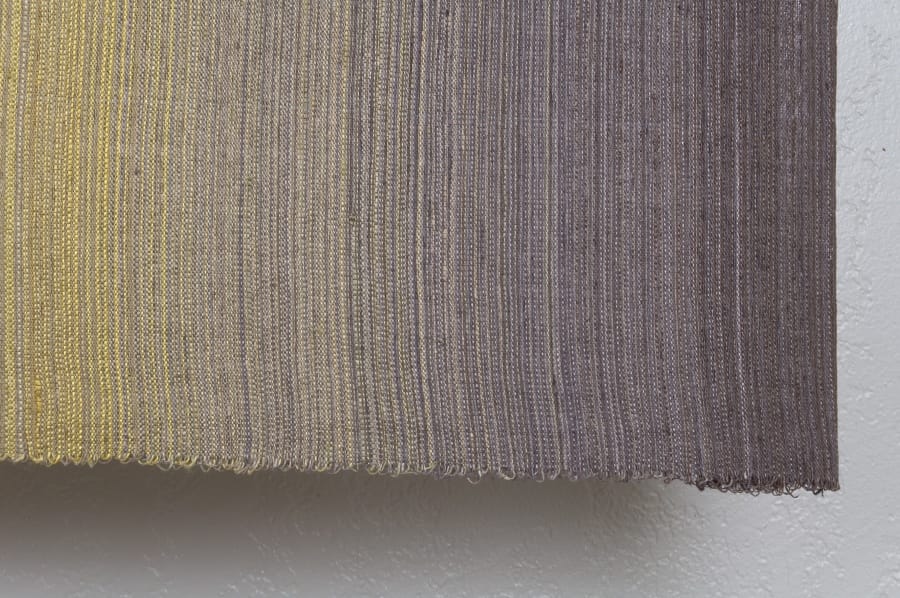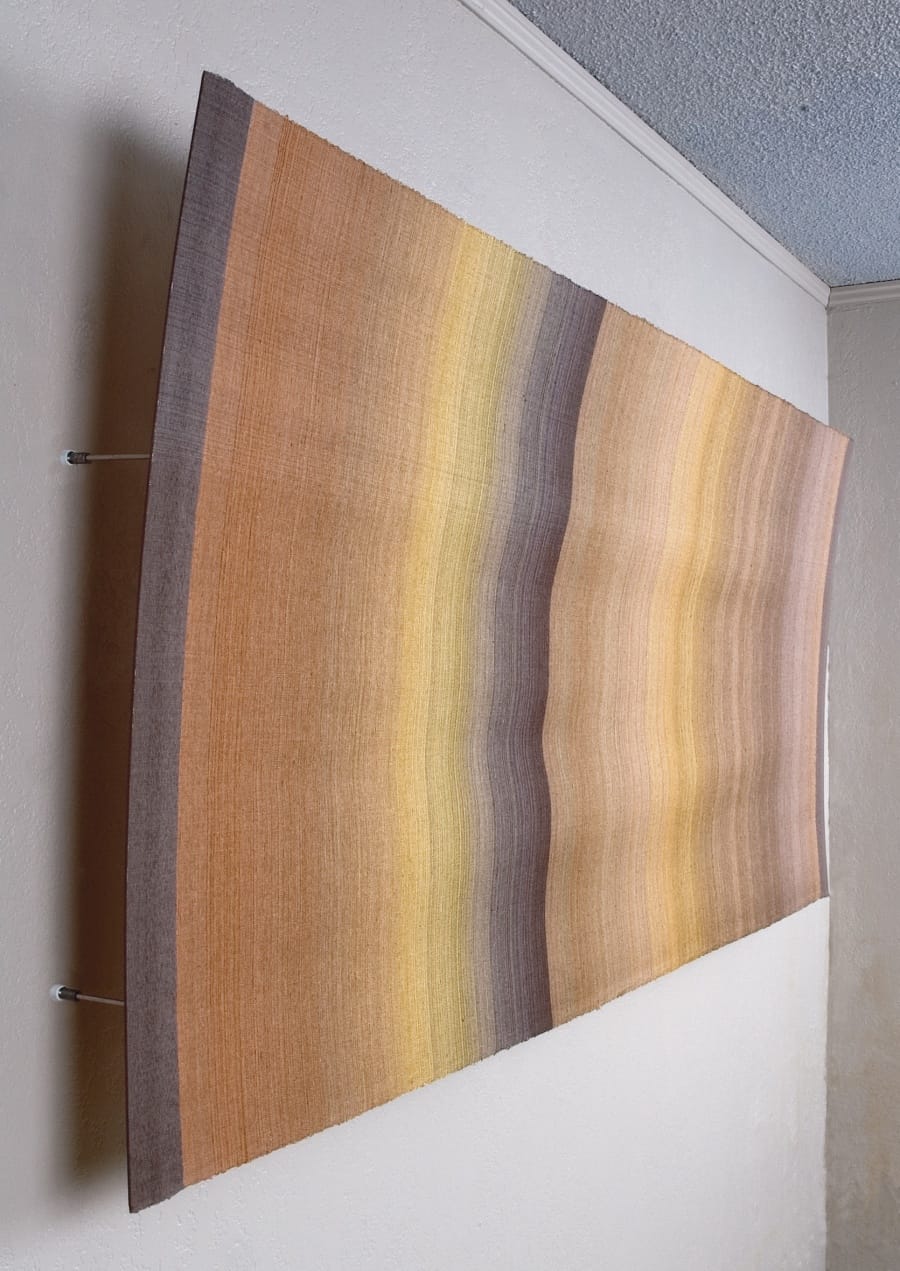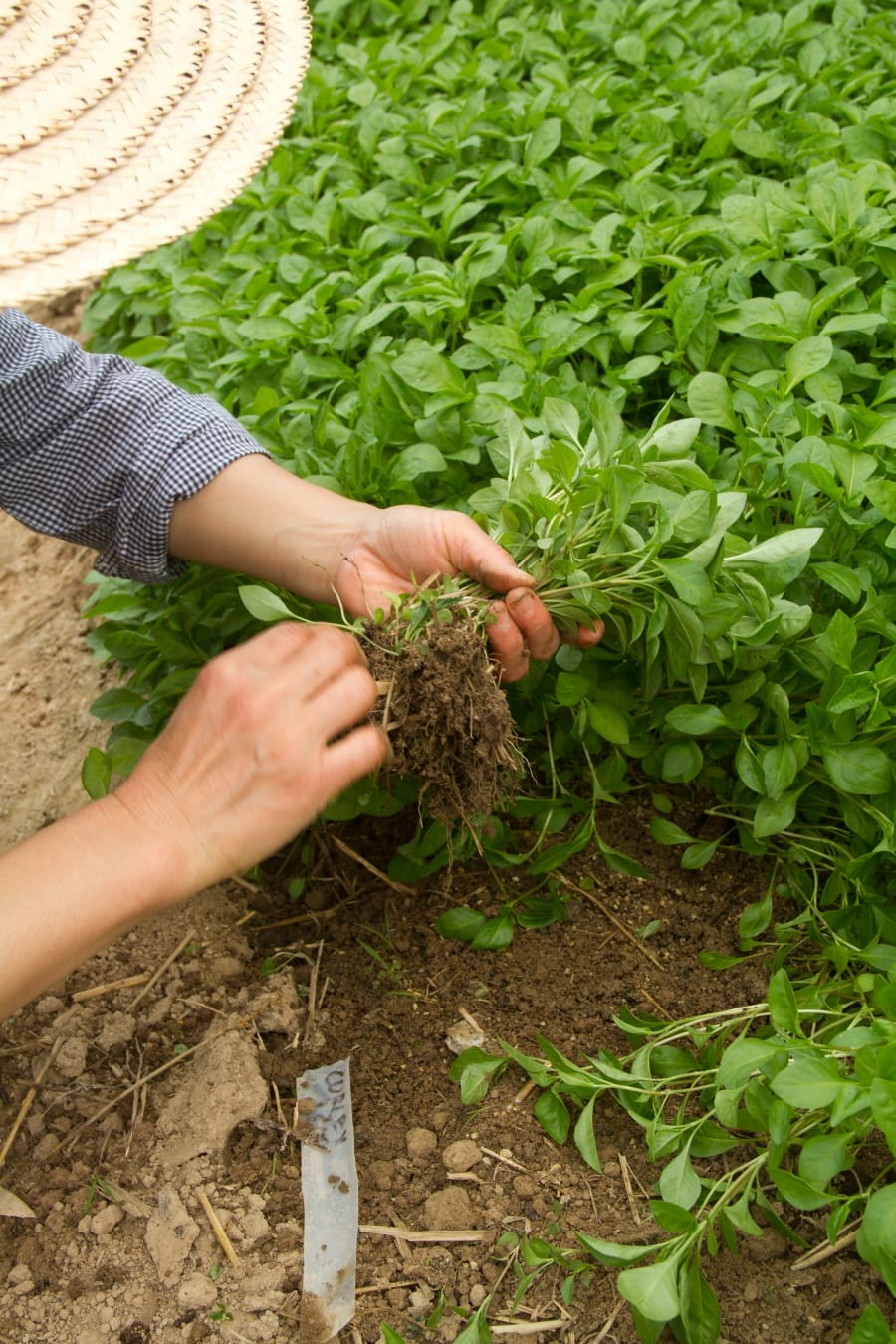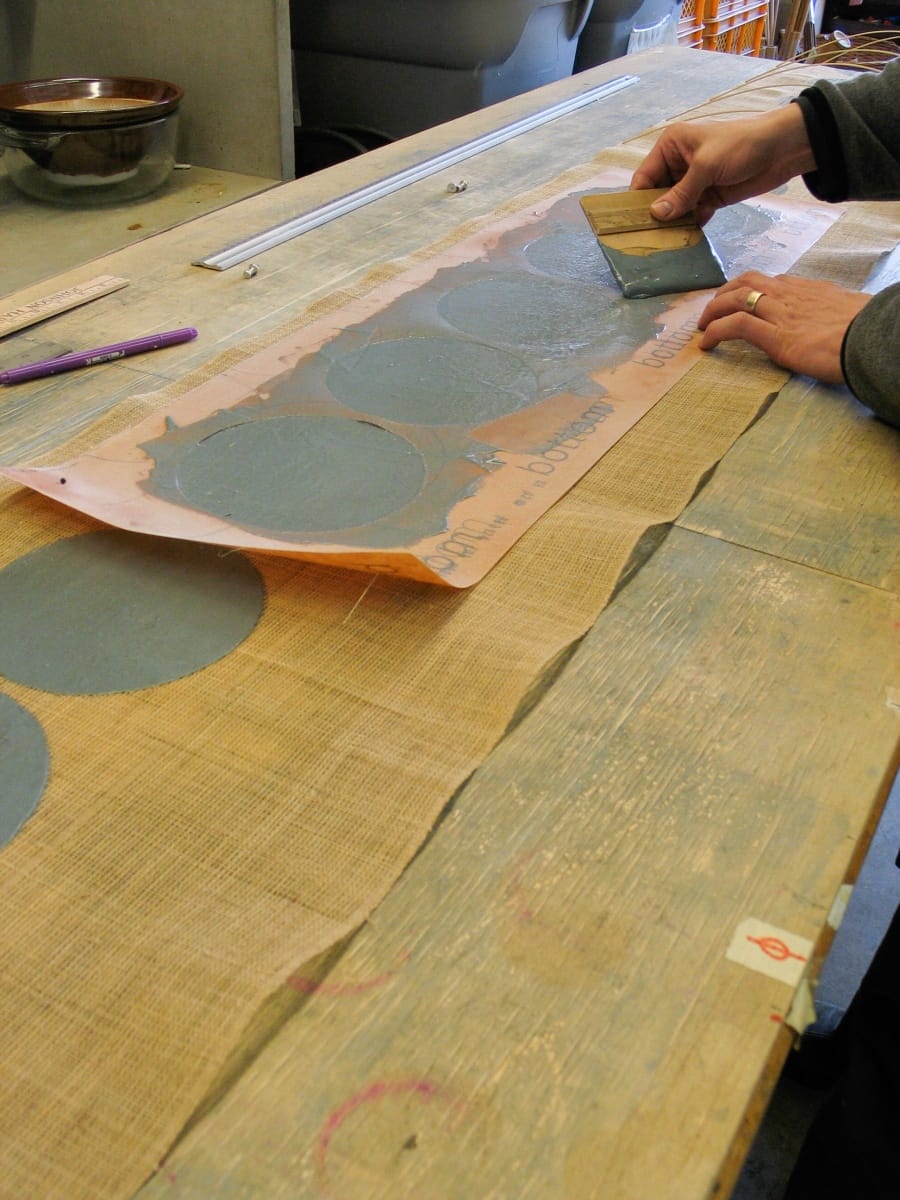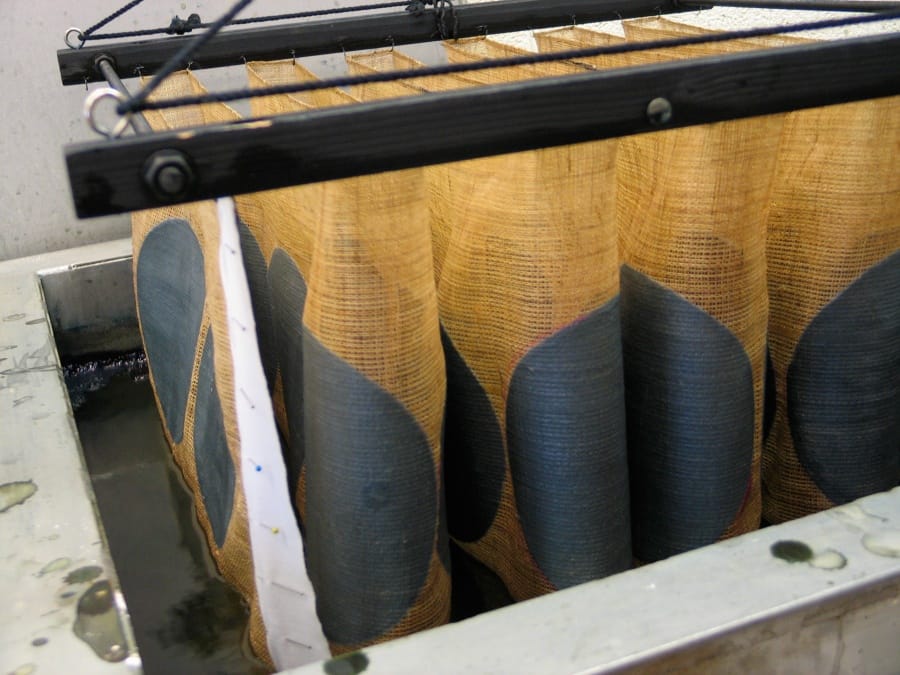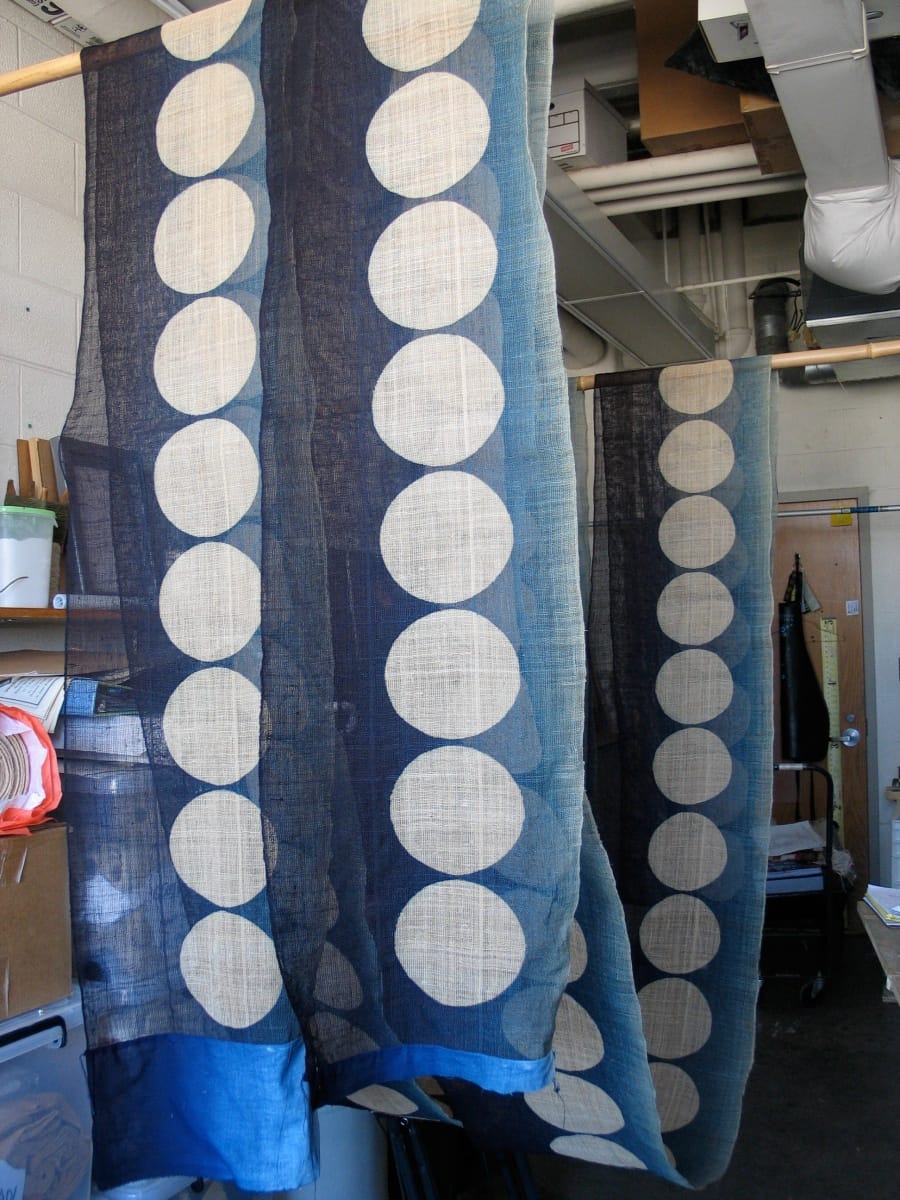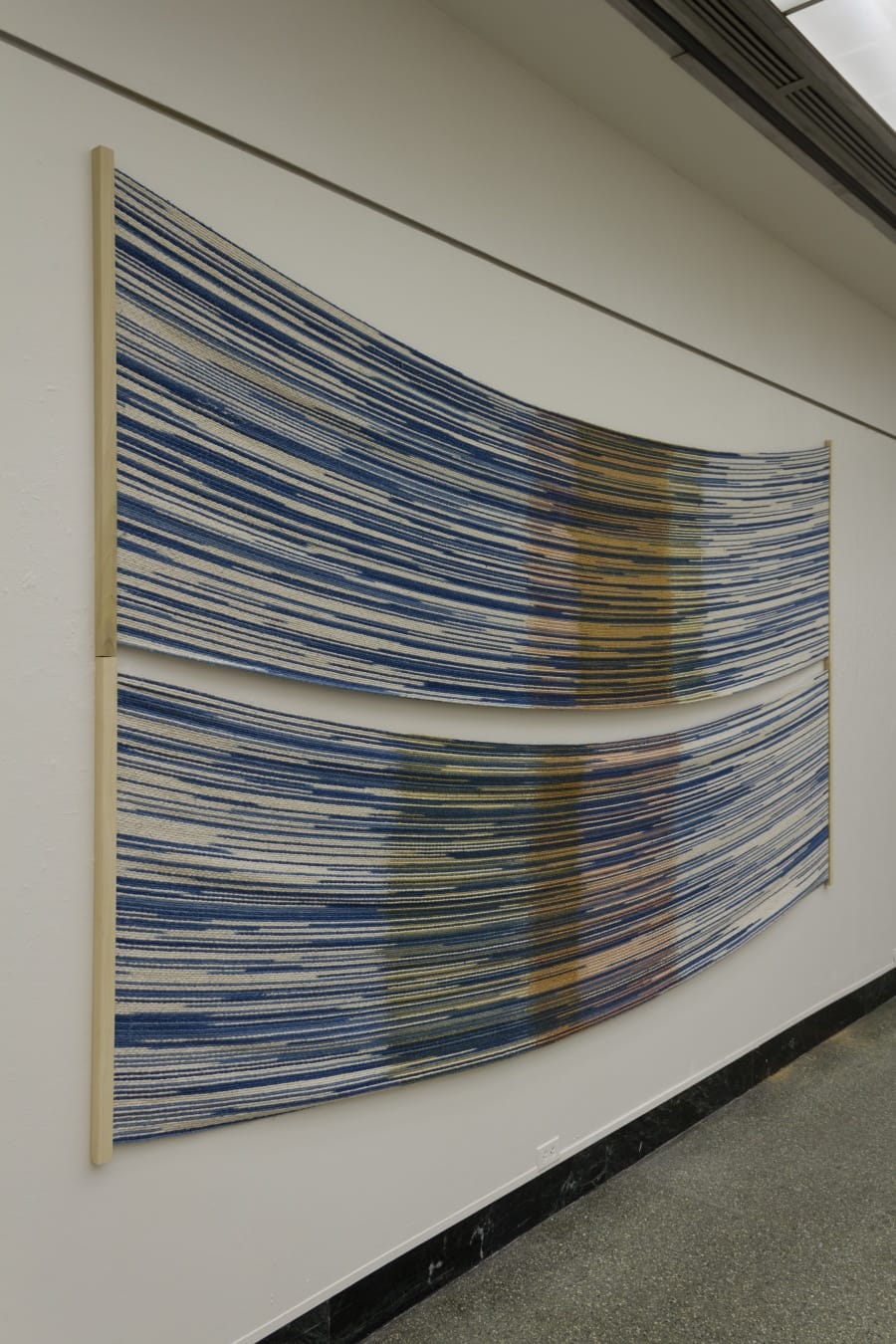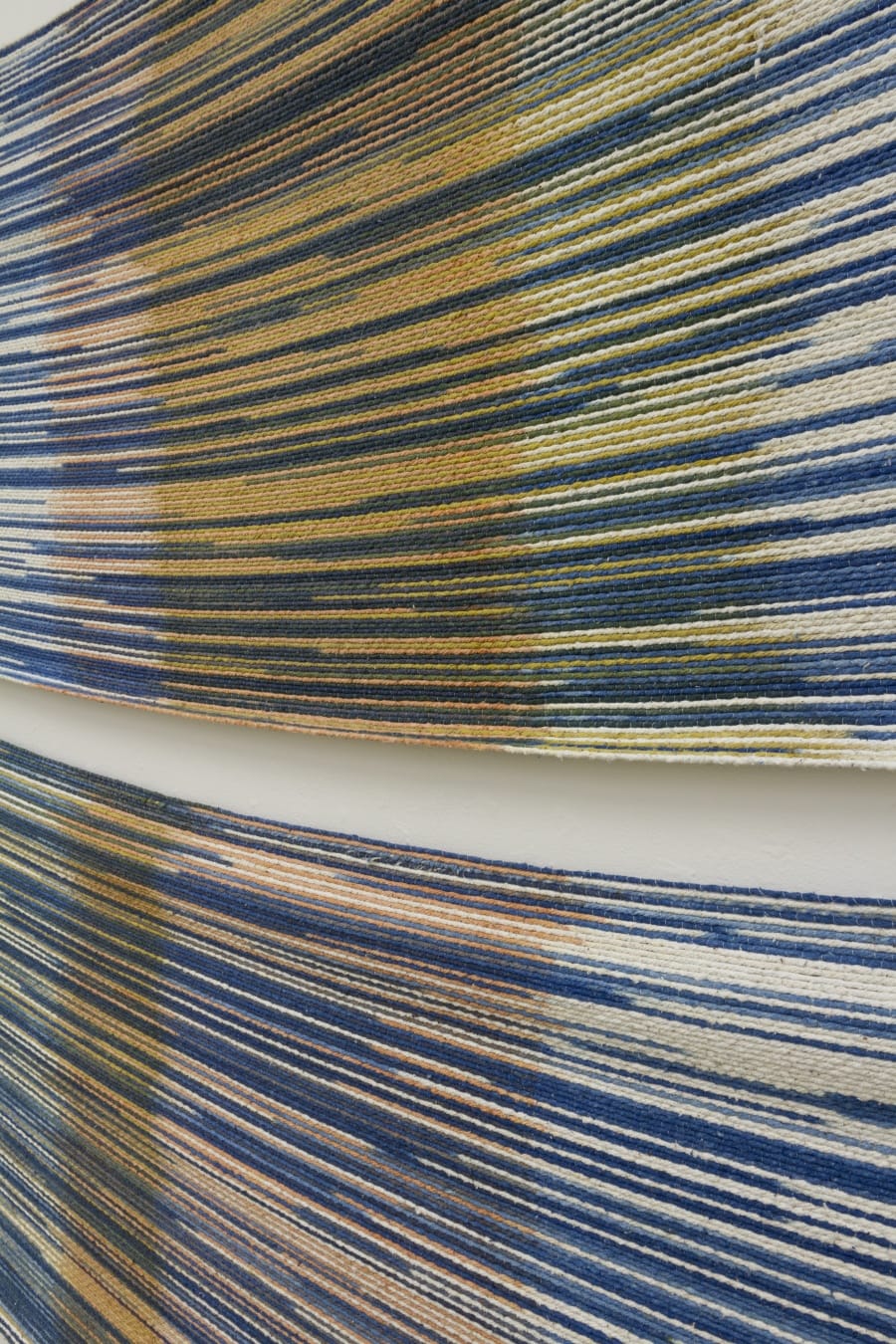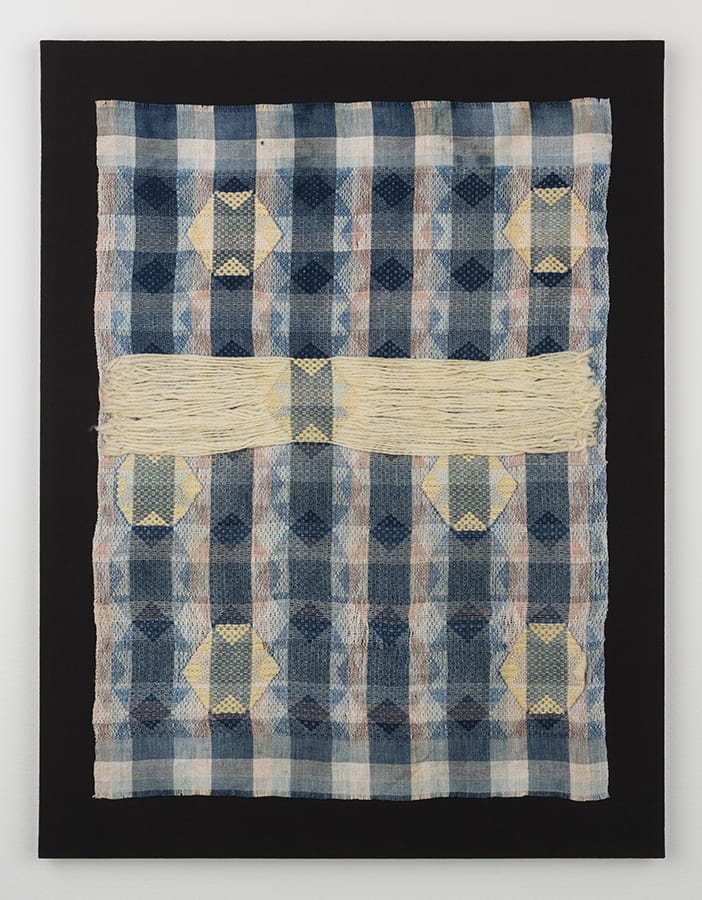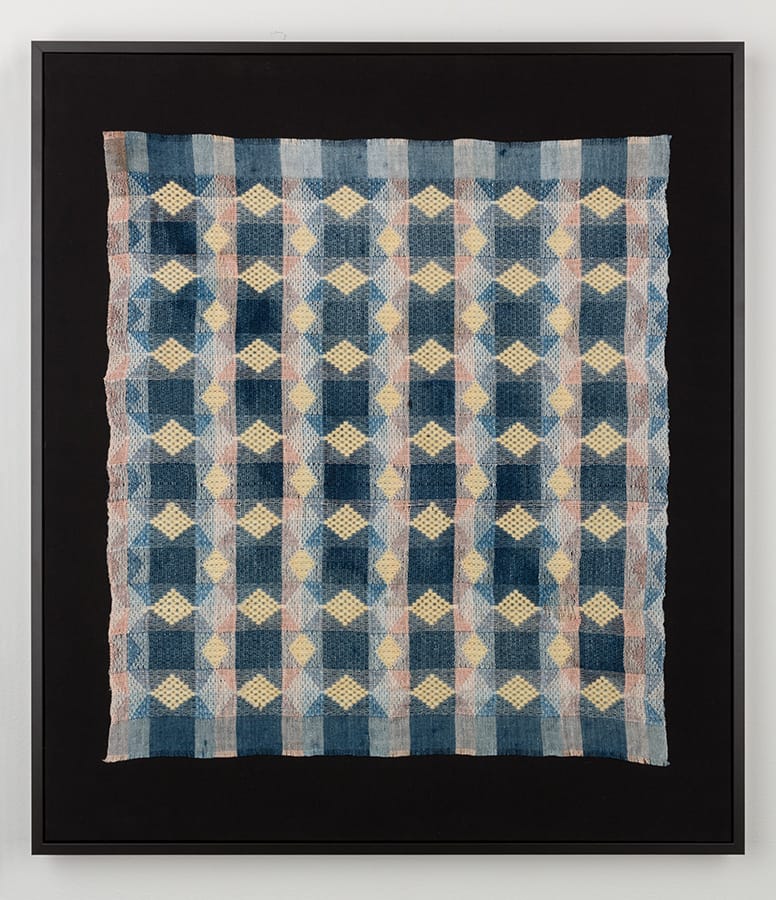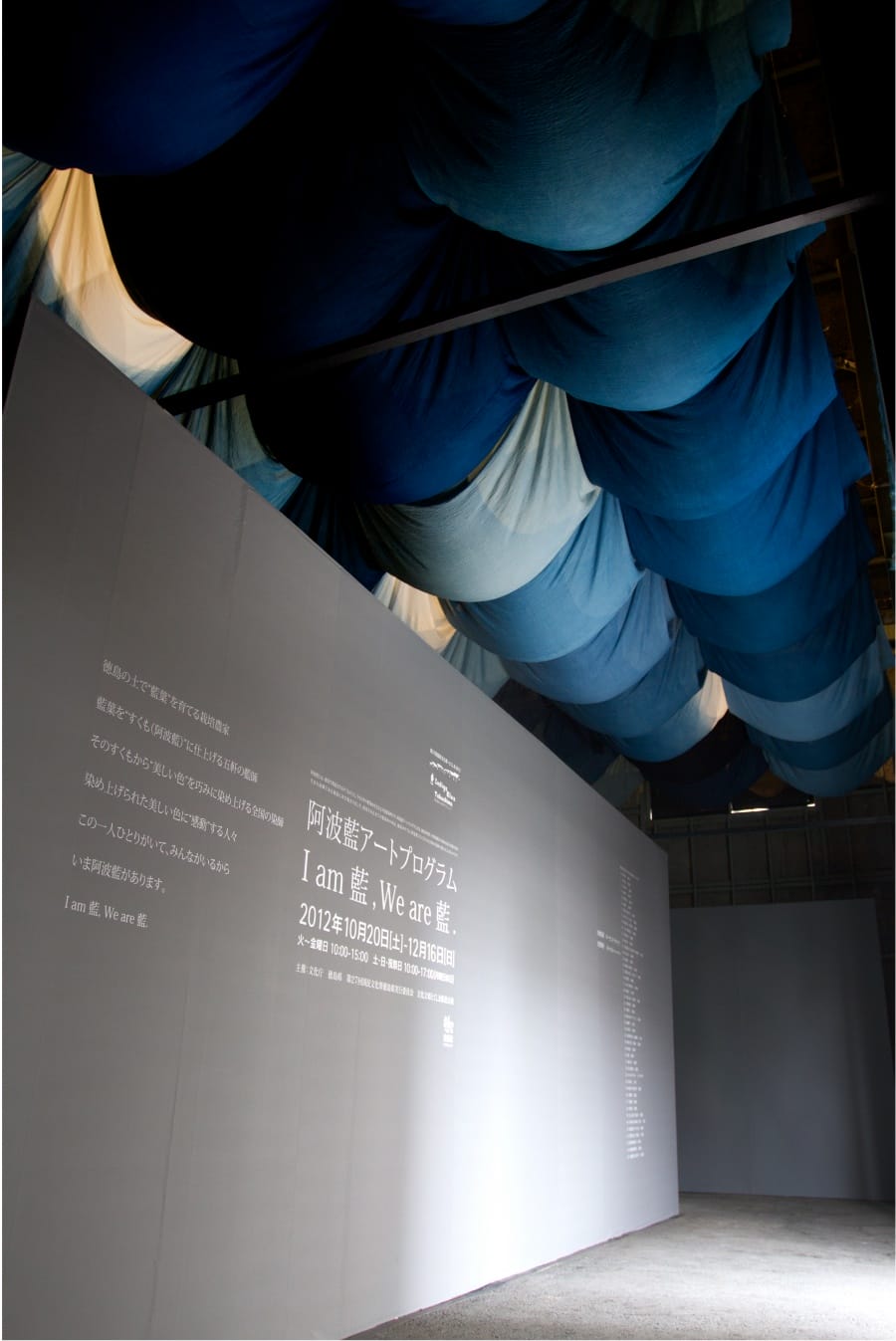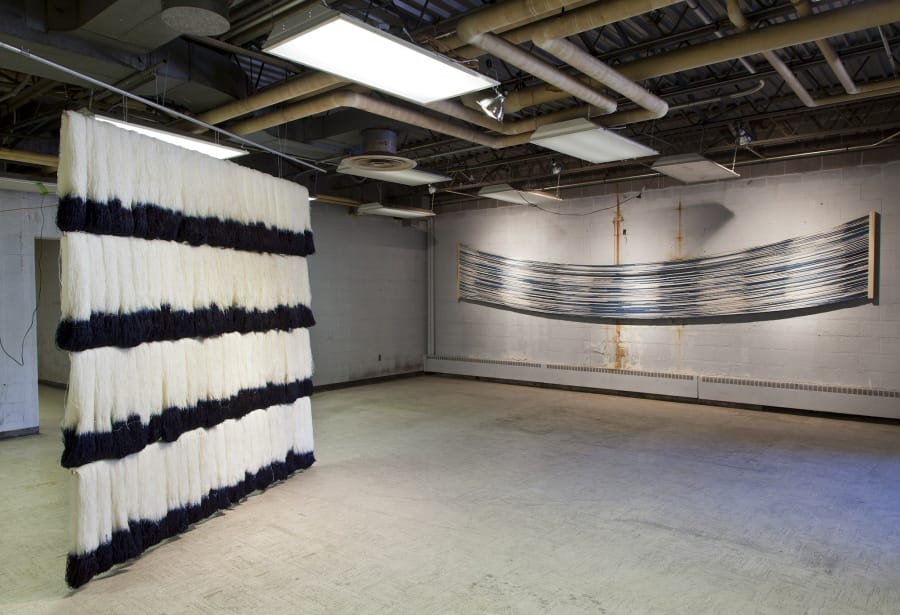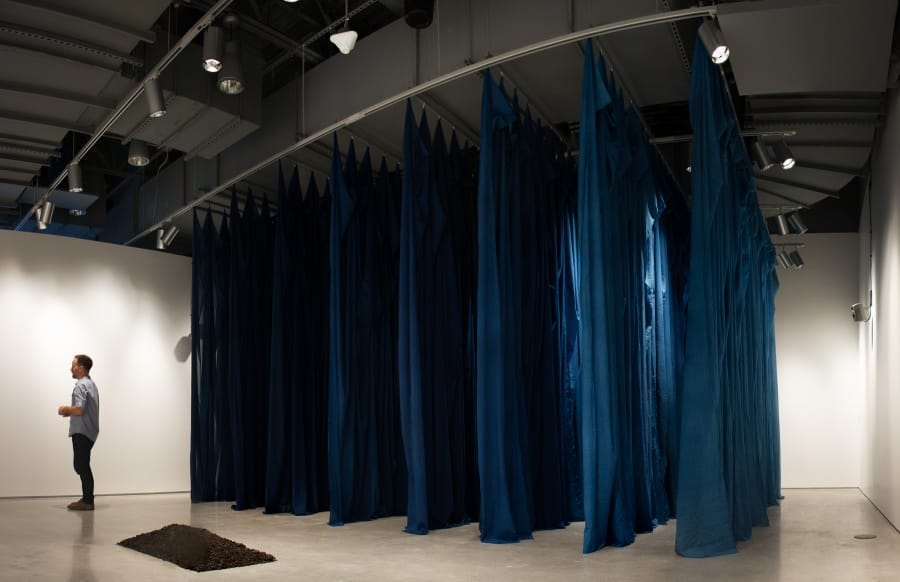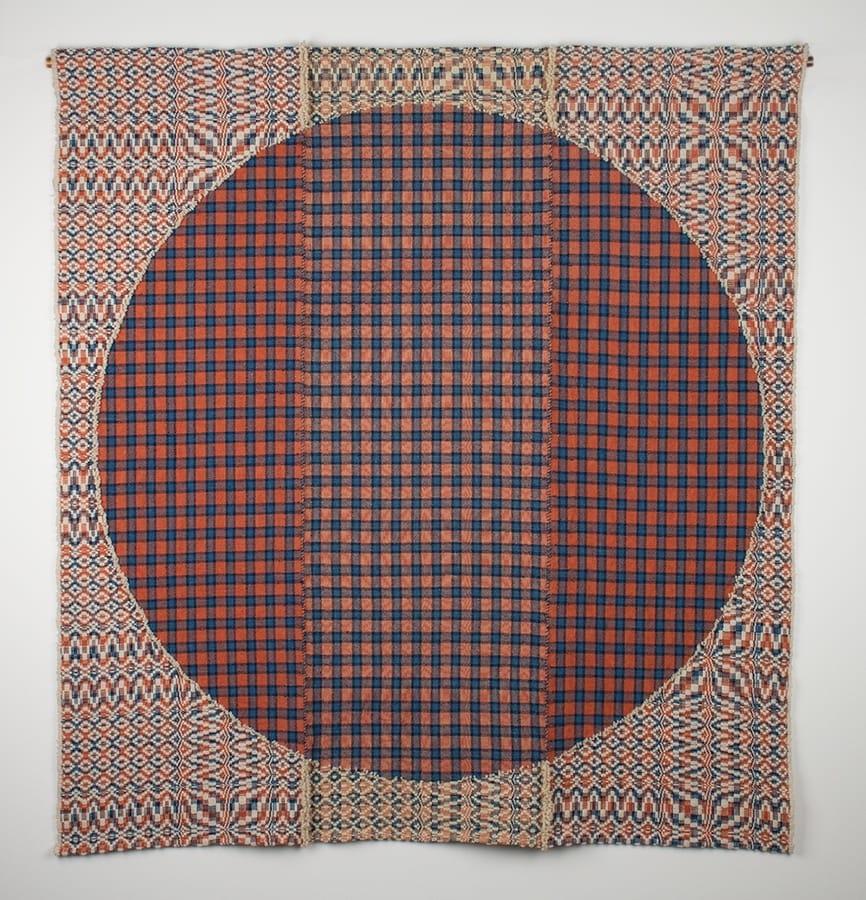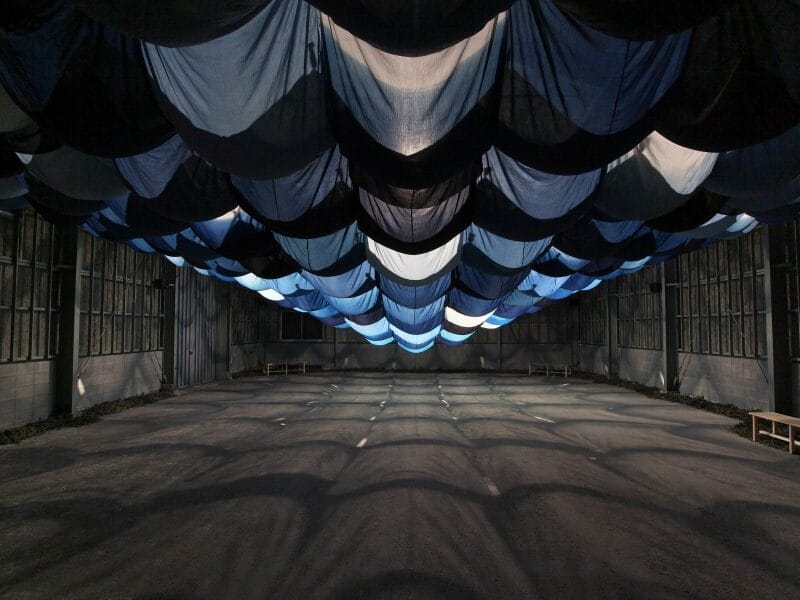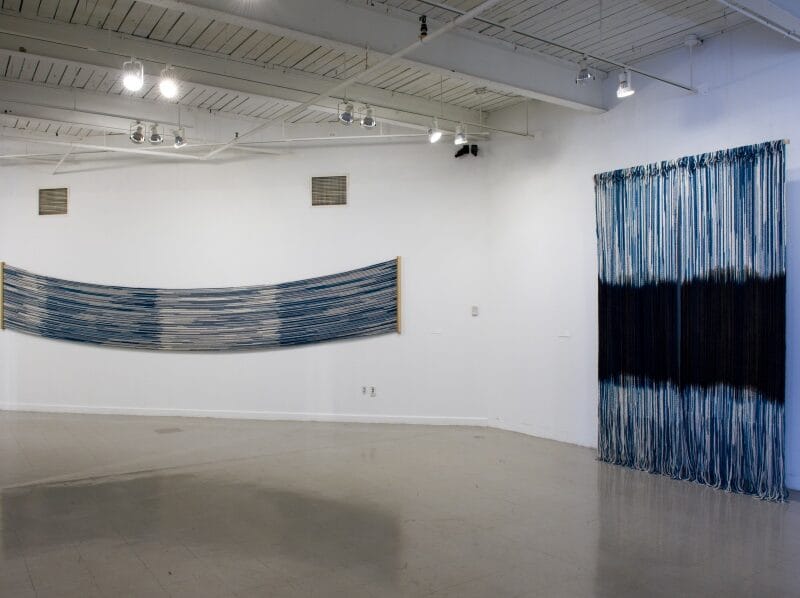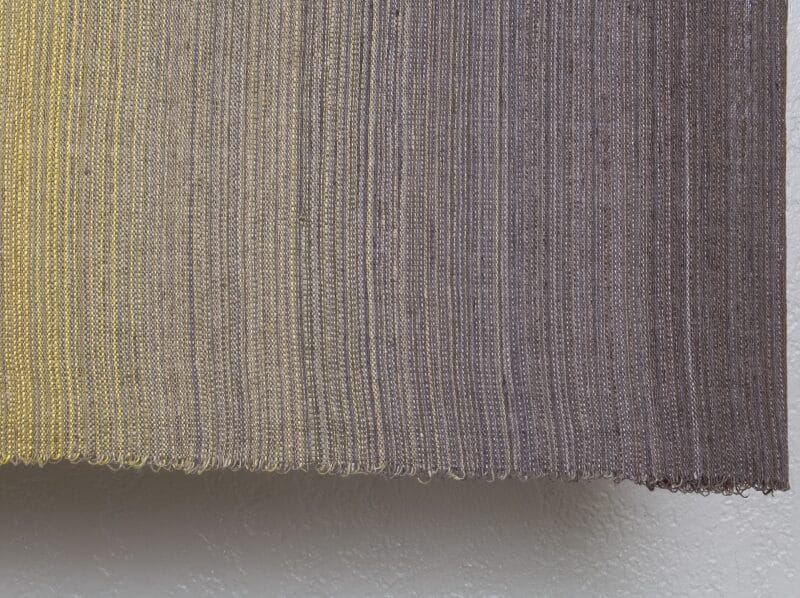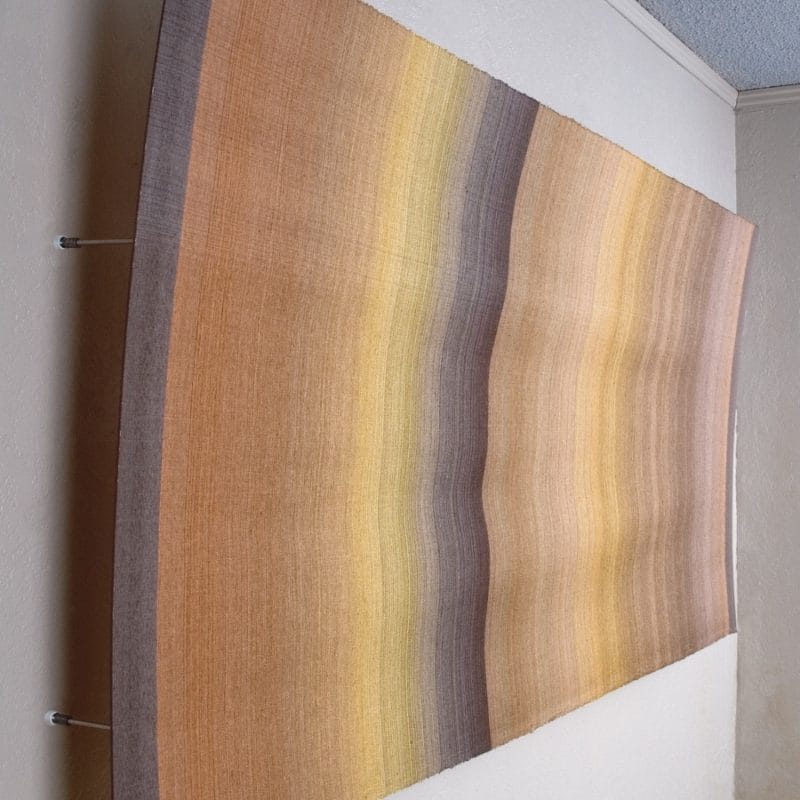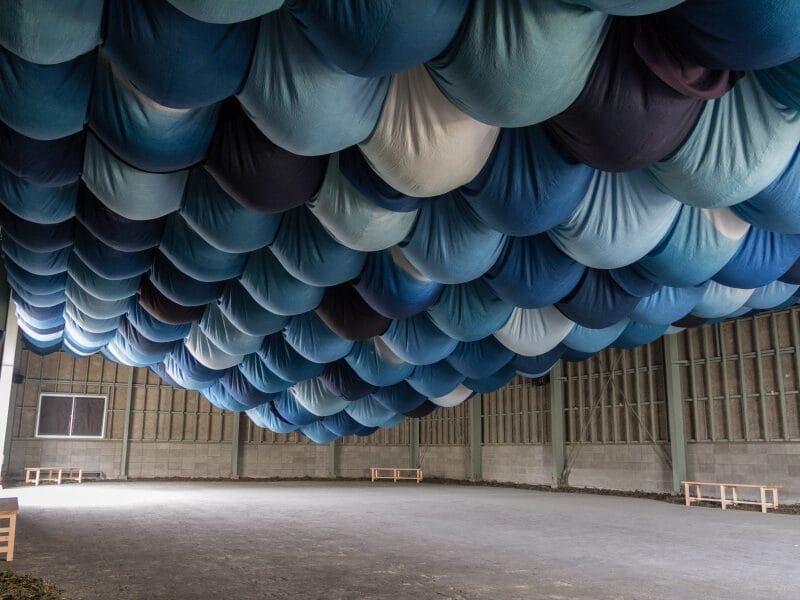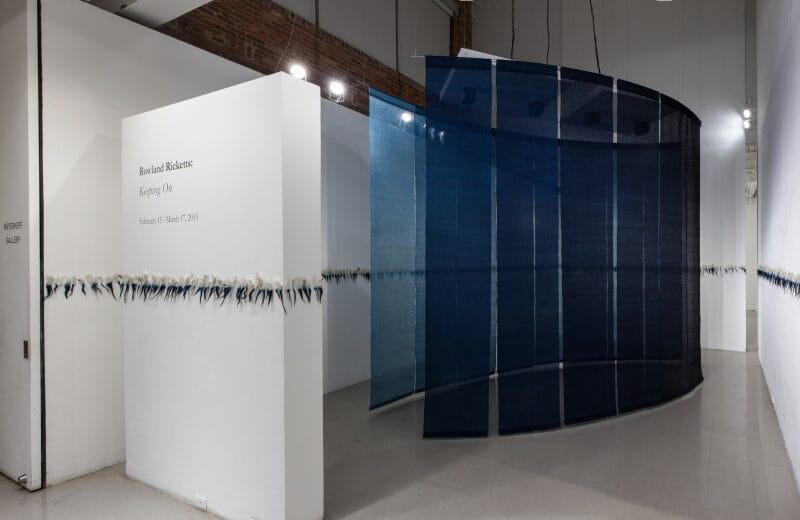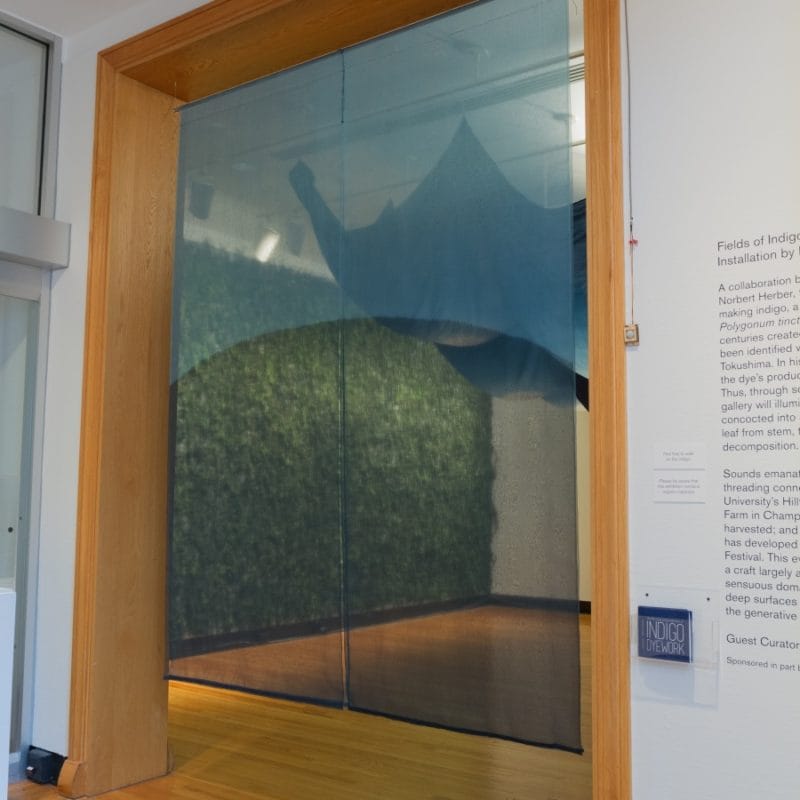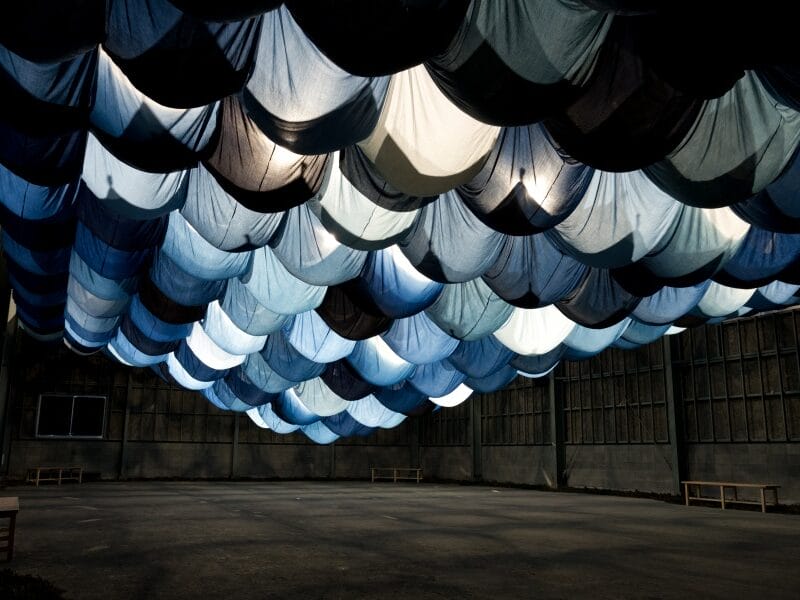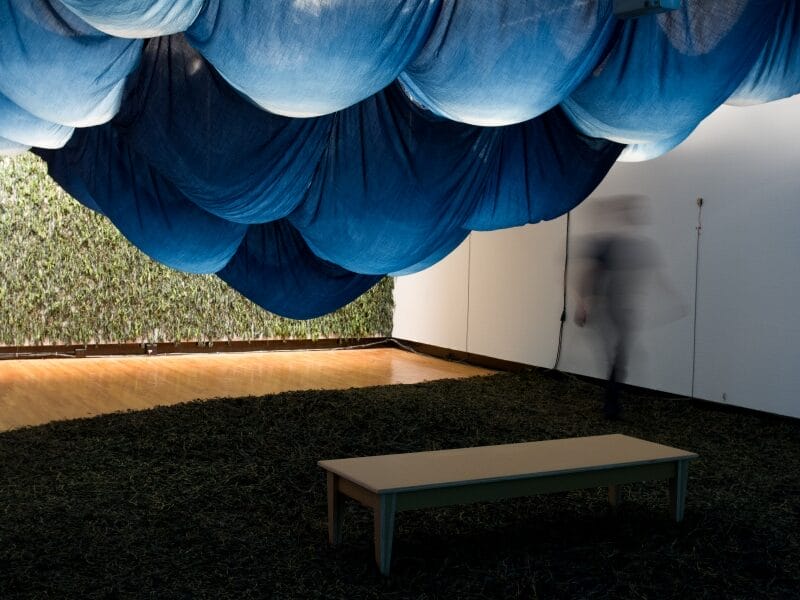Rowland Ricketts
Rowland Ricketts utilizes natural dyes and historical processes to create contemporary textiles that span art and design. Trained in indigo farming and dyeing in Japan, Rowland received his MFA from Cranbrook Academy of Art in 2005 and is currently an Associate Professor in the School of Art, Architecture & Design at Indiana University. His work has been exhibited at the Textile Museum in Washington, DC, the Museum of Fine Arts Boston, and the Seattle Asian Art Museum and has been recognized with a 2012 United States Artists Fellowship.
“The smell of an indigo vat just as it begins fermenting and springs to life is one of ripeness; a moment of rich potentiality when, as a maker, I momentarily stand between the history of the materials and processes that helped me get the indigo thus far and the promise of all the works that the vat is still yet to realize”.
“I grow and process my own indigo (Polygonum tinctorium) using Japanese methods that are centuries old. The leaves are harvested, dried, and composted by hand to make the traditional Japanese indigo dyestuff called sukumo. The sukumo is in turn fermented in wood-ash lye to create a natural indigo vat”.
“My decision to work this way is one that consciously favors slower, natural processes and materials over more immediate, synthetic options. Today, with petroleum-derived indigo readily and cheaply available, my choice to plant, transplant, weed, harvest, winnow, dry, and compost the indigo by hand is not one of necessity. Instead it is a conscious act of recognition that all the energy extended in the farming and processing of the indigo plants is just as much a part of the final dyestuff as the indigo molecules themselves”.
Source: http://www.rickettsindigo.com/
Photos has been taken from the artist’s website and are covered by copyright
